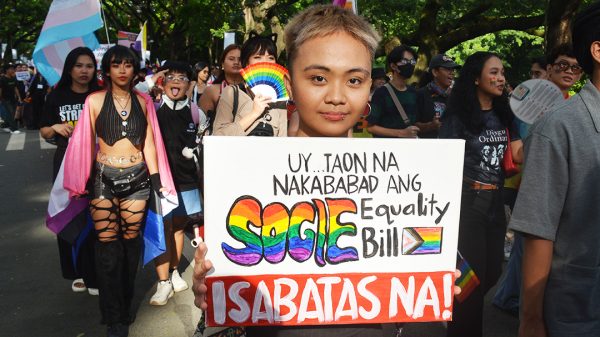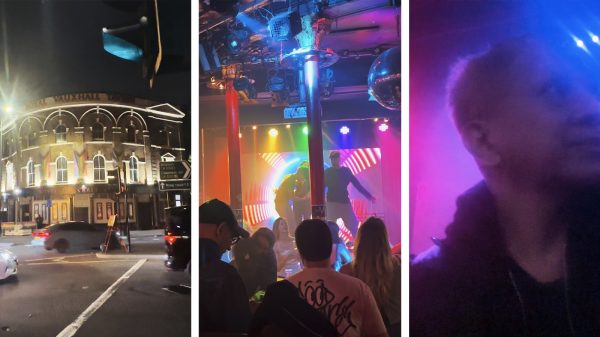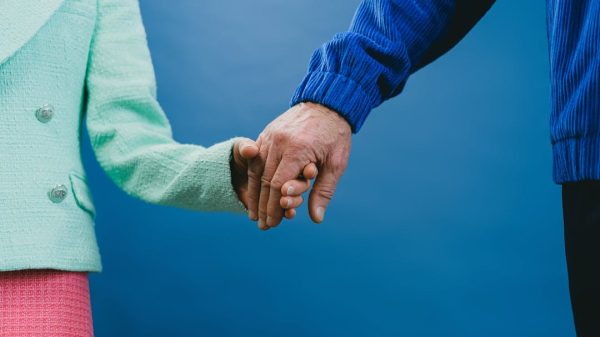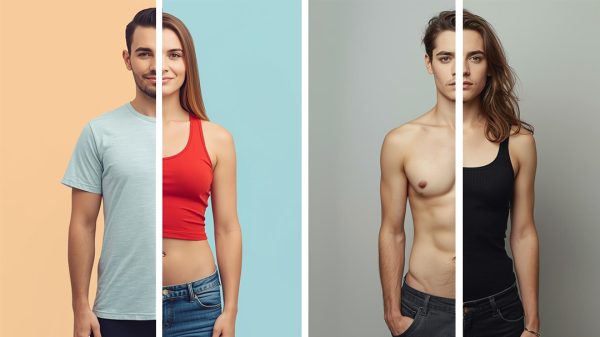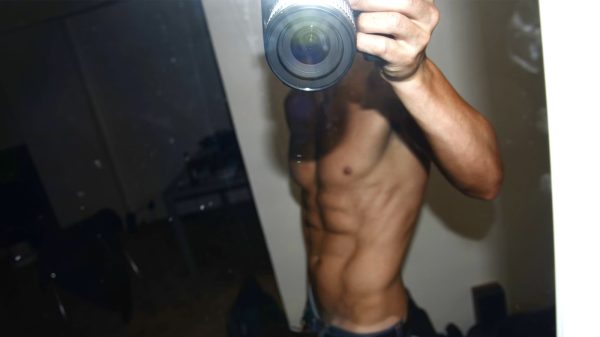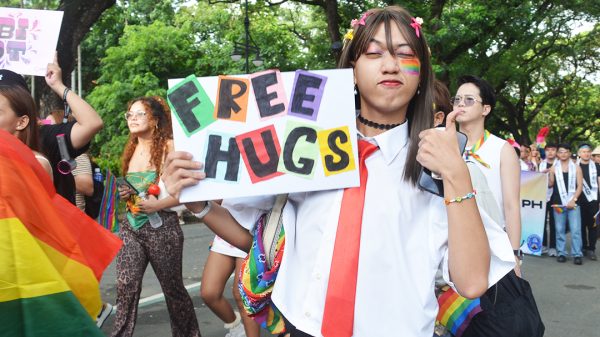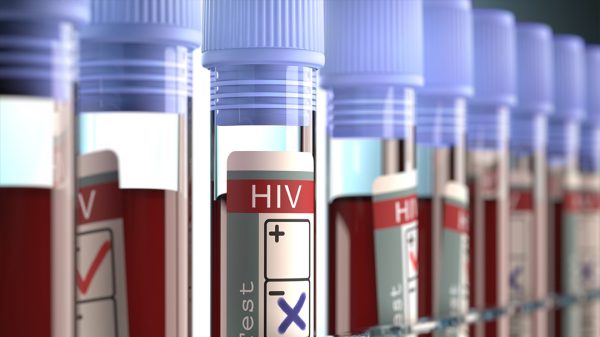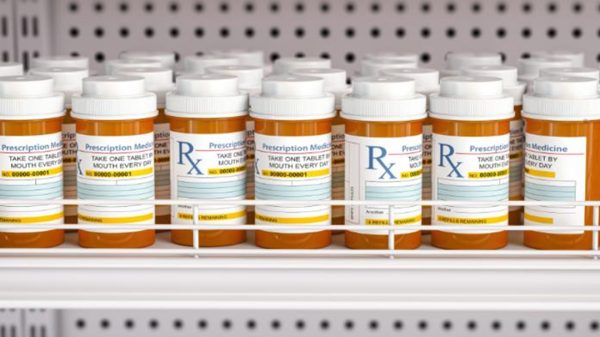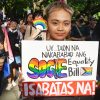Discrimination based on sexual orientation is common in the gig economy, but only for tasks requiring close physical proximity.
This is according to a study – “Physical proximity drives gay discrimination in the gig economy” by David Smerdon, Samuel Pearson, and Sabina Albrecht – that was published in the Proceedings of the National Academy of Sciences (PNAS).
Here, the researchers ran an experiment on a popular online marketplace involving more than 1,100 job posts across 6 Australian cities.
“To test whether workers discriminate against gay men, we created hundreds of fictitious male ‘requester’ profiles, with some clearly signaling they were gay by referring to their male partner or with a couple profile photo,” Pearson said.
“The requested tasks were either inside the home – such as moving furniture – requiring close physical proximity between requester and worker, or outside – such as gardening – allowing for greater physical distance between requester and worker.”
After tracking engagement with profiles, the researchers discovered that workers were less likely to interact with gay requesters for tasks requiring close physical proximity. Also, the workers who did reply to gay requester profiles were more likely to have lower ratings, as measured by other platform users.
”Aside from the impact on individuals, more broadly this sort of bias distorts the labour market through inefficient allocation of talent, occupational segregation and lower productivity,” Smerdon said.
“The gig economy is a relatively new digital frontier with lower regulatory oversight when it comes to anti-discrimination and its reliance on peer ratings and evaluations. But more and more of us are engaging in the gig economy either through income or services, so it’s crucial we understand how and when discrimination exists.”
The researchers said it was unlikely that regulatory changes would address this bias.
“The answer would seem to lie with the online platforms themselves, who until now may have been unaware of this happening,” Smerdon said. “Infrastructure changes, similar to those successfully introduced by several platforms to address racial discrimination, could perhaps also be applied here.”

